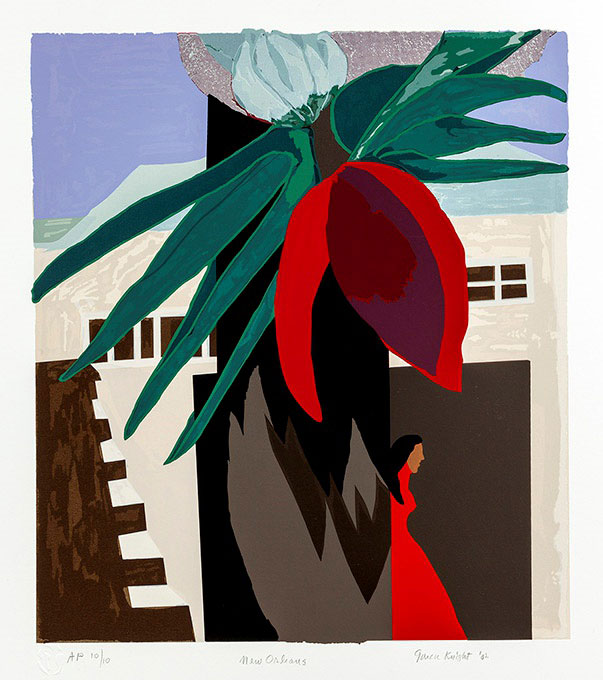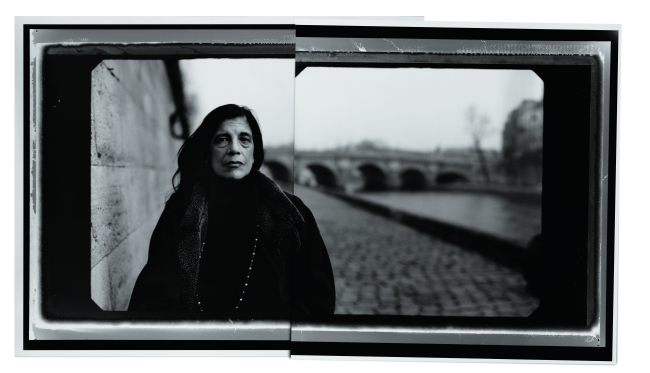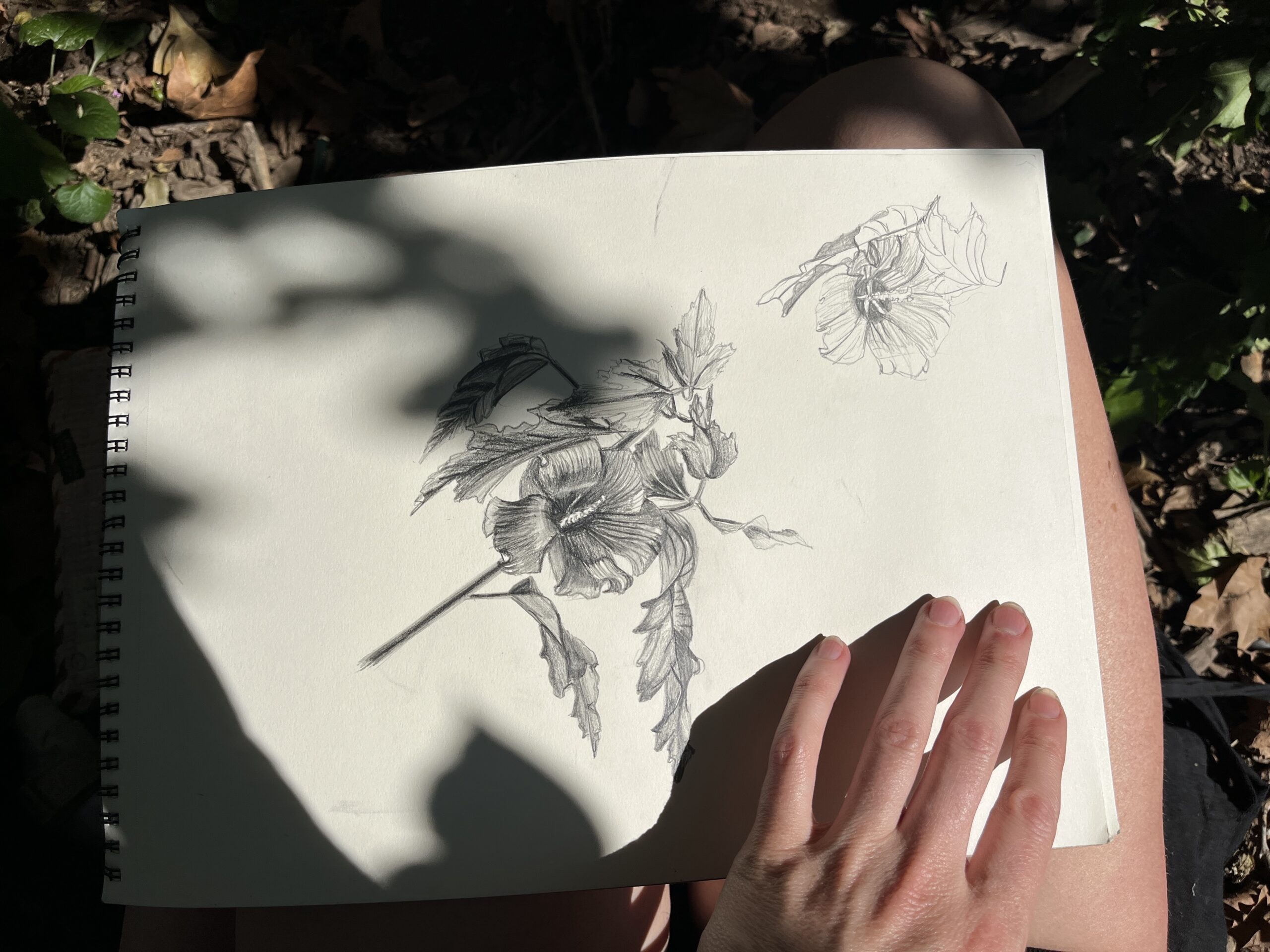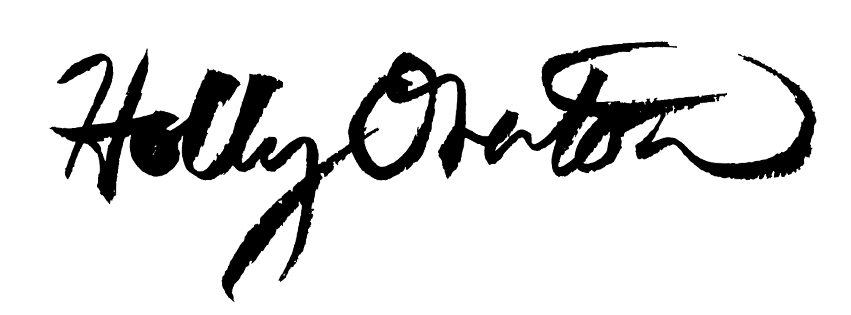Hello there! I have not blogged in over a year because I forgot how to login. We all have many passwords.
Yesterday I listened to three artist interviews: Kiki Smith, Mickalene Thomas, and Faith Ringgold. I like hearing women / nonbinary career stories. Their approach and backgrounds are all very different, and I appreciate being reminded that it’s not a cookie cutter formula.

Kiki Smith said something to the effect that she can tell when an artist cares about their work. As funny as it sounds, it can be hard to honor/respect/care about your work as an artist. There are times when you feel like the scum of the earth for thinking your ideas matter despite everything else that is going in the world. I would like to take a gender studies course and environmental sustainability course so I will have a stronger grounding for myself as a human. I absorb a lot of media and experiences around gender and environment already. Kiki Smith feels 2nd wave feminism or ecofeminist, which again I relate to but see the flaws. If women are goddesses and divine and mother earth, then they are not equals. Otherwise, her experience of art is very intuitive and I relate to that. That the work leads you and you follow it.

Mickalene Thomas said that figuration and portraiture will never go away because it is in media that we see ourselves. She said the purpose of figuration today is to create inclusivity. I wonder how I can do that. I am actually taking a figure painting class at New York Studio School this Fall, to have more exposure to painting the figure, with the goal to incorporate this into my work. I paid with the class with a credit card. I need to sell some paintings asap. I have never seen her work in real life and need to. It doesn’t resonate with me through the computer screen.

Faith Ringgold is 93 and she is discovering meaning in her art. Wild to think she was in Harlem in the 1940’s when exciting things were happening in art, music, writing. When she wanted to go to City College for art, they said only men could do that, but she could study art education. She found gifts in this, that the connection with the ingenuity of children’s art has a great impact on her work. She organized demonstrations at the Whitney Biennials to have women artists be represented. She asked for 50% and got 20%. It was better than 0%. Isn’t it ironic that The Whitney was founded by a woman who took painting classes. In those days, people only respected European art, which was perceived as all men. I want to buy Ringgold’s childrens’ book, Tar Beach.


I have an art book about the life of Gwendolyn Knight. I love her work so much, and how her observation came to be paintings. She didn’t show her work until her 60’s, but had been privately painting her whole life while supporting her artist husband, Jacob Lawrence. Part of this story angers me, but she didn’t seem to be angry so why should I?
The above piece was painted in 1941 while they lived for a few years in New Orleans. I lived there for a Summer month in 2020. This painting hits me with it’s slam dunk feeling of New Orlean’s flora, people and energy. I love that she made it into a screen print in 2002.

On my lunch break, I found a sidewalk giveaway book of photographs by Annie Leibovitz that weighs 20 pounds. I used it as a seat when I sketched flowers in the park on my lunch break. It was a good seat that elevated me from the ground. The price tag is $75. I’ve never paid that much for a chair. It was very heavy to carry home.

